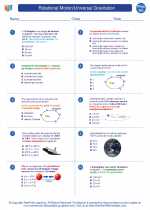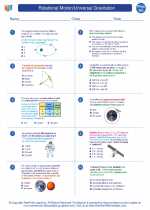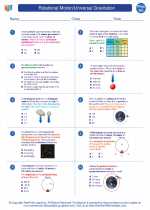Heterozygous
In genetics, the term "heterozygous" refers to an individual having two different alleles for a particular gene. Alleles are different versions of the same gene, and they can be either dominant or recessive. When an individual is heterozygous for a particular gene, it means that they have one dominant allele and one recessive allele for that gene.
Understanding Heterozygous Genotypes
Genotypes are the genetic makeup of an organism, and they are represented by combinations of alleles. In the case of heterozygous genotypes, the two alleles are different. For example, if we use the letter "A" to represent a dominant allele and "a" to represent a recessive allele, a heterozygous genotype would be represented as "Aa". This means that the individual has one dominant allele (A) and one recessive allele (a) for that particular gene.
Phenotypic Expression
When it comes to the expression of traits, the dominant allele will mask the effects of the recessive allele in heterozygous individuals. This means that the dominant trait will be expressed in the phenotype, while the recessive trait will not be visibly expressed, but it is still present in the genotype and can be passed on to offspring.
Examples of Heterozygous Traits
There are numerous examples of heterozygous traits in genetics, such as the inheritance of dimples in humans. The presence of dimples is a dominant trait, while the absence of dimples is a recessive trait. An individual who is heterozygous for the dimple gene (carrying one dominant allele and one recessive allele) will have dimples, as the dominant allele will be expressed in the phenotype.
Study Guide
- Define the term "heterozygous" in genetics.
- Explain the concept of genotypes and how they relate to heterozygous individuals.
- Describe how phenotypic expression occurs in heterozygous individuals.
- Provide examples of heterozygous traits in humans or other organisms.
- Discuss the implications of heterozygosity in inheritance patterns.
Understanding the concept of heterozygous genotypes is fundamental to grasping the principles of genetics and inheritance. By studying and comprehending this topic, you will gain insights into the transmission of traits from one generation to the next.
.◂Physics Worksheets and Study Guides High School. Rotational Motion/Universal Gravitation

 Worksheet/Answer key
Worksheet/Answer key
 Worksheet/Answer key
Worksheet/Answer key
